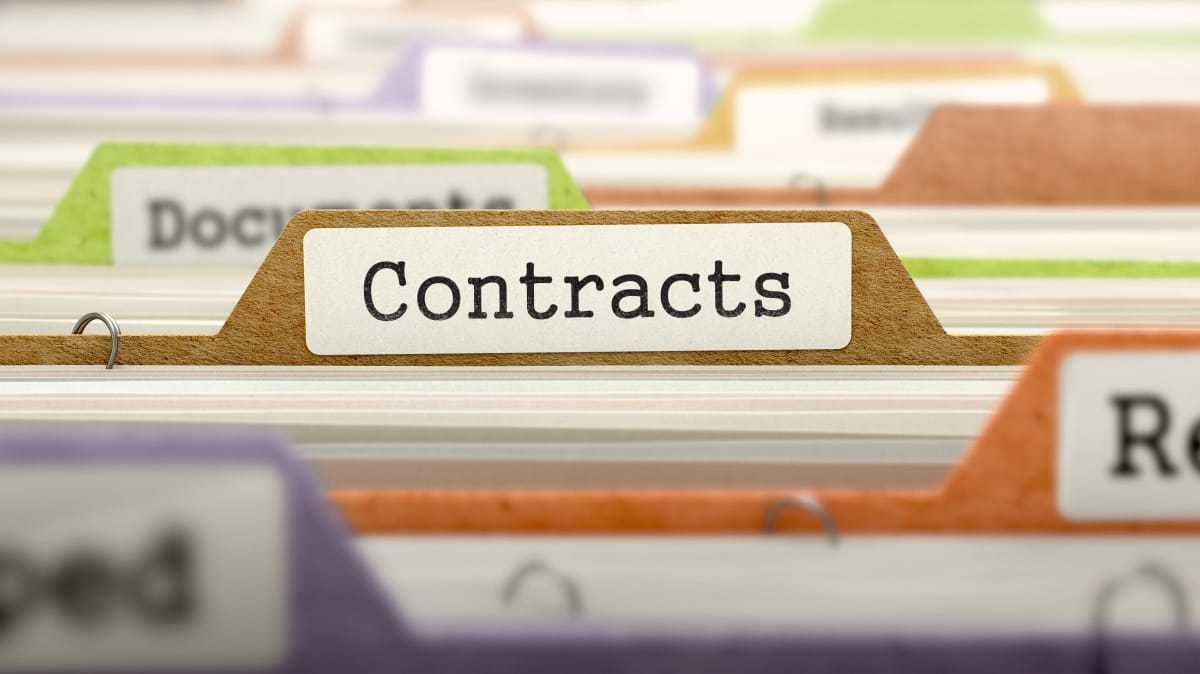5 frequently asked questions about website translation
If you’re looking to expand into foreign markets, make this the year you have your website translated. It may seem like a daunting thought, so here are five of our most frequently asked questions and the answers to help you make the decisions that are right for you.

1. Should I translate my entire website?
Before you start making any enquiries you need to decide exactly what you want to translate. Ask yourself the following: Do the prospects I’m targeting need to have access to all of the same information as my regular customers? If the answer is yes, then you most likely do need to think about having your whole website translated and we will guide you through the process.
However, if you don’t have the budget to translate your entire website or only want some pages to be seen in foreign languages there are other options. You could opt for targeted landing pages with a translated summary of your company, products and contact information. This is a popular alternative and can be used as a trial to see how many enquiries you get if you’re still unsure about whether full website translation is financially viable for you.
2. Which languages should my website be translated into?
Once you’ve decided which content you’re going to have translated you should then think about where you are looking to market your products and services.
You should establish exactly which languages are spoken in the areas you are targeting and that’s where we can help. Just provide us with a list of places you’re looking to target and we’ll advise which languages you should have your copy translated into. For example, if you’re looking to market in Mainland China you’ll need to have your copy translated into Simplified Chinese but if you’re targeting Hong Kong you’ll need Traditional Chinese.
Furthermore, if you’re looking to market in two countries where variations of the same language are spoken, you could have your copy translated into one of the languages and then adapted for the other audience. For example, you’d save money by having your copy translated into European Spanish for Spain and then having it adapted into Latin American Spanish. The same applies to French and Canadian French or German and Swiss German.
If you’re a UK company with no export experience, it is commonly advise to target Belgium, France, Germany, Luxembourg and the Netherlands as they’re the countries UK companies tend to have more success exporting to. The languages you’d need translation in for those countries would be Flemish, French, German, Dutch and perhaps Luxembourgish (although French and German are more widely spoken in Luxembourg).
3. Which format should I send the files in?
If you’re having your entire website translated, you’ll want to make the process run as smoothly as possible. To do that you can simply extract the html, xml, xhtml, csv or php files from your content management system and send them to use for translation. Translators can work with these file types in their translation memory software, which also protects and preserves any tags. We’ll then send the translated web files back to you in the same format to put back into your content management system.
If you’re having smaller sections or updates translated, we advise sending us Word or Excel files with the copy in and we’ll then deliver the translations along with the English in a bilingual format. This will help you or your developers see which translations match the original copy so you can add the translations to your website correctly.
Once all of the translations have been finished and you’ve input them into your content management system, we’ll happily check the translated text in situ before your webpages go live.
4. Should I have my social media posts translated?
This is entirely up to you but if you have a strong social media presence in the UK and you’ve worked hard organising the translation of your website, logically the next step is to promote the translated versions.
Translating social media can be a bit tricky in terms of ensuring that cultural references are understood and restrictions are observed. When writing posts in English specifically for translation, you should be aware of the various spatial restrictions, particularly on Twitter. For example, if your tweet is already at the character limit, your translator will need to think of a way to reword the tweet within the character count as the majority of languages expand.
Our translators are specialised in dealing with all aspects of social media translation, so you can rest assured that you’ll have the expertise and the necessary guidance from your Project Manager to help you have a good social media presence in other languages.
5. What happens if I receive new enquiries in another language?
You’ve had your website professionally translated and now you’ve received an enquiry in Polish. What do you do? We understand the need for quick turnaround times to ensure you can respond quickly and secure their business, so we organise regular translators to be available to translate any correspondence at short notice.
Visit our website translation page for more information on our experience and the services we offer. Or, give us a call on 08450 345677 and we’ll be happy to answer your questions.






